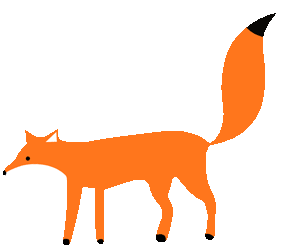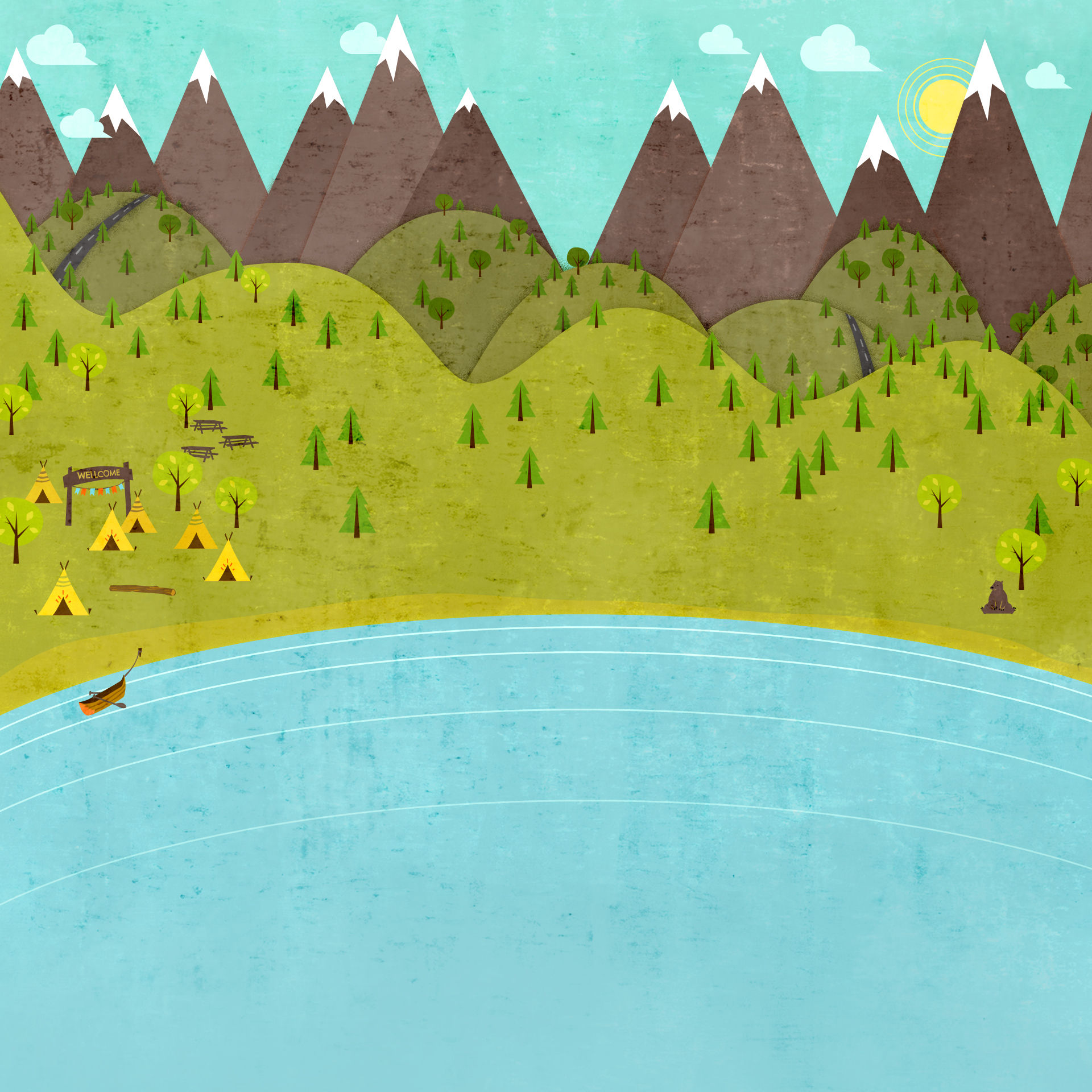
New Zealand
Come Explore




About
New Zealand

NEW ZEALAND
“Generations of Adventure...
It’s In Our Nature”
I was born in New Zealand and despite frequent trips overseas, I can't shake off the inherent sense of belonging here. This guide presents "my" New Zealand. After many months traveling thousands of miles, testing mattresses, comparing prices, leaping off cliff tops (well, almost), speeding up rivers, and eating and drinking in far too many restaurants, I am more convinced than ever that New Zealand is one of the quirkiest, quaintest, craziest places on earth. It's one of the most favored destinations of the new millennium, and before you've even left here, you'll want to come back.





THE COUNTRY

& THE PEOPLE
New Zealand continues to notch up big gains in tourism, welcoming more than two million visitors a year, despite international upheavals like terrorist attacks and economic downturns. Tourism is our largest source of overseas income. International visitors contribute around NZ$8.3 billion to the economy each year and the tourism sector at large contributes NZ$19 billion to the country's economy annually. One in every ten New Zealanders now works in the tourism industry. And we're better equipped for tourists than ever. Efficient visitor centers abound, with accommodations ranging from budget to exclusive. You can shop 7 days a week, whoop it up at clubs and bars 24 hours a day, or savor a glass of internationally recognized New Zealand wine in an inexpensive cafe. You can get real coffee in as many variations as you can imagine, and New Zealand's fresh, innovative cuisine will leave you begging for more. Even provincial New Zealand has pulled up its socks without losing its heart. Small-town pride is beaming, and farmers are turning their hands to boutique tour operations and gorgeous restored B&Bs to supplement farm incomes, changing the whole nature of many backwater rural districts. Yet you'll still find, at its core, the very Kiwi hospitality that has made this country famous.
You may have heard that New Zealanders are born wearing wet suits and carrying paddles, such is their appetite for the outdoors and adventure. No part of the country is more than 128km (79 miles) from the sea, and a coastline spread with splendid beaches dishes up thousands of beautiful coastal walks and chances to surf and soak in the sun.
New Zealand is also a winter magnet for international skiers and is the white-knuckle capital of the world. This is where you can push it to the limits, pit yourself against your fears and limitations, take risk by the throat, and go for it - leaping off bridges into surging river gorges attached to a giant rubber band, or taking a stab at luging, Zorbing, sky diving, paragliding, kayaking, white-water rafting, and jet-boating. There's no lack of invention when it comes to adrenaline-pumping activities in this country.
But you don't have to be an extreme athlete to enjoy New Zealand. There are just as many ways to be laid-back and indulgent - tour wineries that have stampeded their way to the top of world ratings in record time; take in the wealth of Polynesian and Maori culture that forms the backbone of an increasingly multicultural society; or check out the strong historic and architectural reminders of a colonial past. There are lush gardens, art galleries, museums, and plenty of one-off reminders that New Zealand is like no other place.
The Legend

Maui - no ordinary man
Maui is the gifted, clever demigod of Polynesian mythology responsible for fishing up the North Island of Aotearoa, New Zealand.
After a miraculous birth and upbringing Maui won the affection of his supernatural parents, taught useful arts to mankind, snared the sun and tamed fire. But one of his most famous feats was fishing up the North Island.
Fishing up an island
Despising him, Maui’s four brothers conspired to leave him behind when they went out fishing. Overhearing their plans, Maui secretly made a fishhook from a magical ancestral jawbone. Then one night he crept into his brothers' canoe and hid under the floorboards.
It wasn't until the brothers were far out of sight of land and had filled the bottom of their canoe with fish that Maui revealed himself. Then he took out his magic fishhook and threw it over the side of the canoe, chanting powerful incantations as he did so.
The hook went deeper and deeper into the sea until Maui felt the hook had touched something. He tugged gently and far below the hook caught fast. It was a huge fish! Together with his brothers, Maui brought the fish to the surface.
Maui cautioned his brothers to wait until he had appeased Tangaroa the god of the sea before they cut into the fish. They grew tired of waiting and began to carve out pieces for themselves. These are now the many valleys, mountains, lakes and rocky coastlines of the North Island.
Te Ika a Maui - Maui's fish
To this day the North Island is known to Maori as Te Ika a Maui or Maui’s fish. Take a look at a map of New Zealand to see the fish’s head in the south and its tail in the north. The South Island is also known as Te Waka a Maui or Maui’s canoe, and Stewart Island or Rakiura is known as Te Punga a Maui or Mau’s anchor stone.


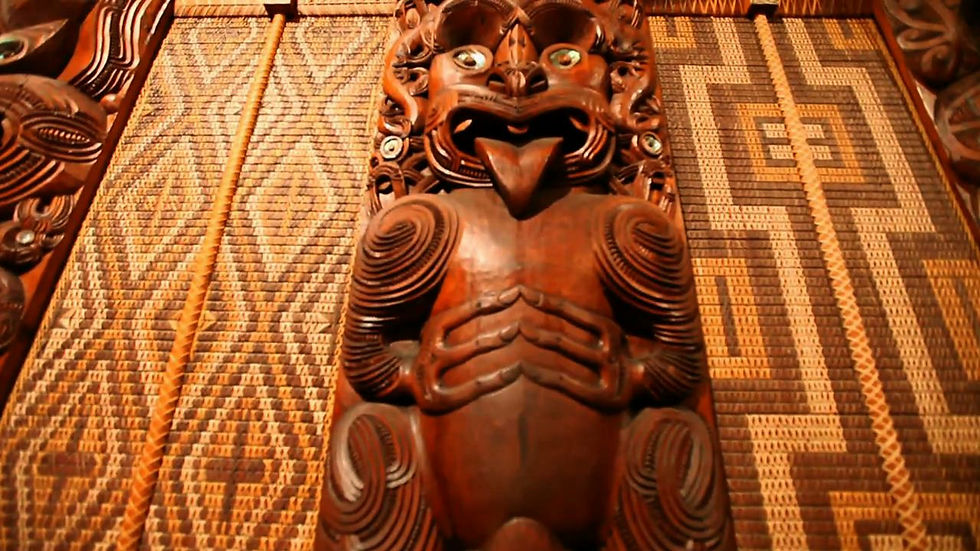


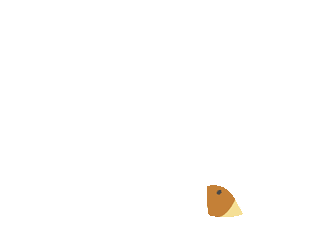
The Maori
New Zealand's Māori culture is an integral part of Kiwi life and adds a unique, dynamic experience for visitors.
Māori are the tangata whenua, the indigenous people, of New Zealand. They came here more than 1000 years ago from their mythical Polynesian homeland of Hawaiki. Today Māori make up 14% of our population and their history, language and traditions are central to New Zealand’s identity
Haka - Māori war dances
Prepare yourself for the energy and awe of the haka.
The haka is a type of ancient Māori war dance traditionally used on the battlefield, as well as when groups came together in peace. Haka are a fierce display of a tribe’s pride, strength and unity. Actions include violent foot-stamping, tongue protrusions and rhythmic body slapping to accompany a loud chant. The words of a haka often poetically describe ancestors and events in the tribe’s history.
Marae - Māori meeting grounds
The marae (meeting grounds) is the focal point of Māori communities throughout New Zealand.
A marae is a fenced-in complex of carved buildings and grounds which belongs to a particular iwi (tribe), hapū (sub tribe) or whānau (family). Māori people see their marae as tūrangawaewae - their place to stand and belong. Marae are used for meetings, celebrations, funerals, educational workshops and other important tribal events.
Toi - Māori Arts
Māori creative arts like weaving and carving celebrate the past and continue to evolve through fresh inspiration and new materials.
hakairo – the art of carving
Rather than purely being decorative, whakairo (Māori carvings) each give a unique narrative. The stories passed down through generations explain cultural traditions and tribal history. Traditionally Māori carvers were men; their craft included precious adornments, weapons, tools, musical instruments, canoes and decorative panels and posts for the various buildings within the village.


